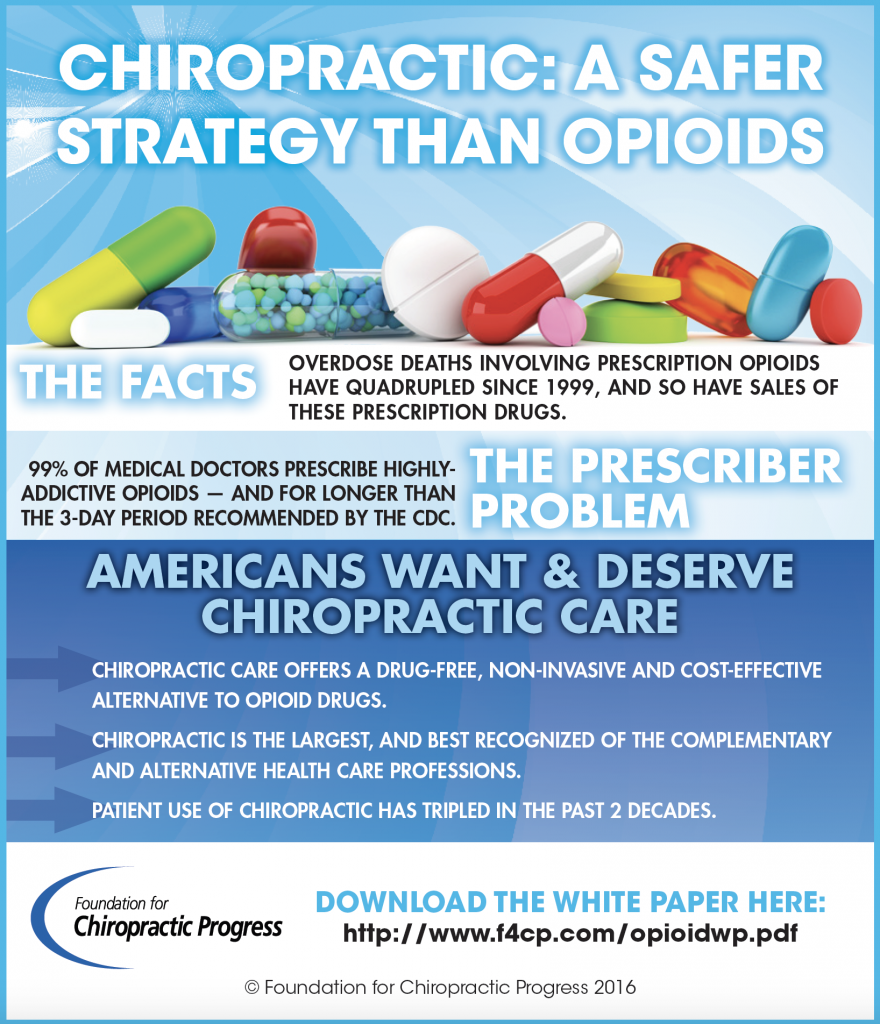Get Ready To Delve Into The Fascinating Globe Of Cellular Communications In Cold Laser Therapy And Just How It Utilizes Light To Help With Healing. Take A Much Deeper Study The Clinical Aspects!
Get Ready To Delve Into The Fascinating Globe Of Cellular Communications In Cold Laser Therapy And Just How It Utilizes Light To Help With Healing. Take A Much Deeper Study The Clinical Aspects!
Blog Article
Post Created By-Castro Pedersen
You may have come across cold laser treatment as an encouraging treatment choice for different problems, yet have you ever questioned how it in fact works with a cellular degree? Recognizing the mechanisms behind this therapy can shed light on its performance in advertising healing and minimizing swelling. By discovering https://caraccidentdoctorvisit16160.atualblog.com/36352964/if-you-re-eager-to-find-a-discomfort-alleviation-service-that-doesn-t-entail-intrusive-techniques-cold-laser-therapy-could-just-be-the-response-discover-just-how-it-can-revolutionize-your-technique-to-health behind cold laser therapy, you'll obtain understandings into the interesting ways in which light can affect mobile processes and assist in tissue repair work.
Exactly How Cold Laser Therapy Works
To comprehend just how cold laser therapy functions, you require to realize the essential principles of how light energy communicates with organic tissues. Cold laser therapy, also known as low-level laser therapy (LLLT), uses details wavelengths of light to pass through the skin and target underlying cells. Unlike the intense lasers used in surgical procedures, cold lasers produce reduced levels of light that don't produce warm or create damage to the cells.
When these mild light waves get to the cells, they're absorbed by components called chromophores, such as cytochrome c oxidase in mitochondria. This absorption activates a collection of organic feedbacks, consisting of raised cellular power manufacturing and the launch of nitric oxide, which boosts blood flow and minimizes swelling.
In addition, the light power can also boost the manufacturing of adenosine triphosphate (ATP), the energy currency of cells, helping in mobile repair work and regrowth processes.
Basically, can laser therapy make pain worse of light energy to advertise recovery and alleviate discomfort in a non-invasive and mild way.
Systems of Action
Just how does cold laser treatment really function to create its restorative effects on organic tissues?
Cold laser treatment, likewise called low-level laser treatment (LLLT), runs through a process referred to as photobiomodulation. When the cold laser is related to the skin, the light energy passes through the cells and is taken in by chromophores within the cells.
These chromophores, such as cytochrome c oxidase in the mitochondria, are then stimulated by the light power, resulting in a cascade of biological reactions. One essential device of action is the enhancement of mobile metabolic process.
The absorbed light power increases ATP manufacturing in the mitochondria, which is important for mobile function and repair work. Additionally, cold laser treatment aids to reduce swelling by preventing inflammatory arbitrators and advertising the launch of anti-inflammatory cytokines.
This anti-inflammatory effect contributes to pain relief and tissue recovery.
Restorative Effects
Recognizing the therapeutic effects of cold laser therapy involves acknowledging how the enhanced cellular metabolic process and anti-inflammatory homes contribute to its favorable end results on organic cells.
When the cold laser is put on the affected location, it boosts the mitochondria within the cells, causing increased production of adenosine triphosphate (ATP), which is crucial for cellular function and repair service. This boost in cellular energy increases the healing process by advertising tissue regrowth and lowering inflammation.
Furthermore, the anti-inflammatory buildings of cold laser therapy help to decrease discomfort and swelling in the targeted location. By hindering inflammatory arbitrators and promoting the launch of anti-inflammatory cytokines, cold laser treatment help in minimizing pain and improving the total recovery feedback.
This decrease in swelling not just gives immediate alleviation but likewise supports lasting tissue repair.
Verdict
To conclude, cold laser treatment functions by boosting cellular fixing and tissue regeneration via photobiomodulation. Its anti-inflammatory buildings offer pain relief and reduce swelling by inhibiting inflammatory arbitrators.
This treatment offers a comprehensive strategy to recovery, providing both instant alleviation and lasting tissue repair benefits.
Via its mechanisms of action, cold laser therapy shows to be a reliable and appealing treatment alternative for a variety of problems.
